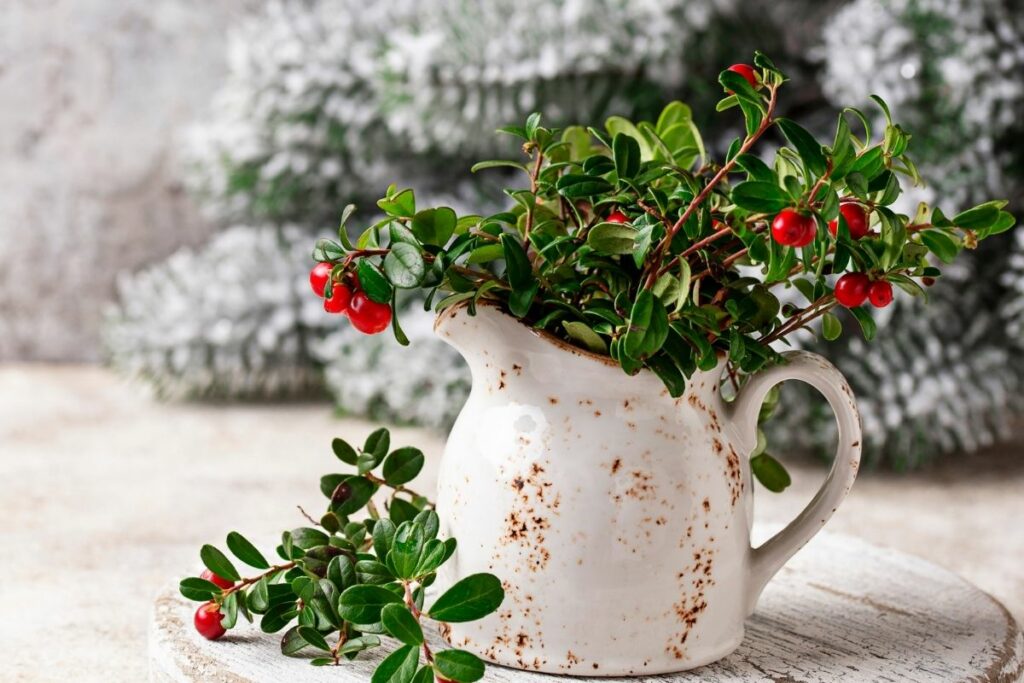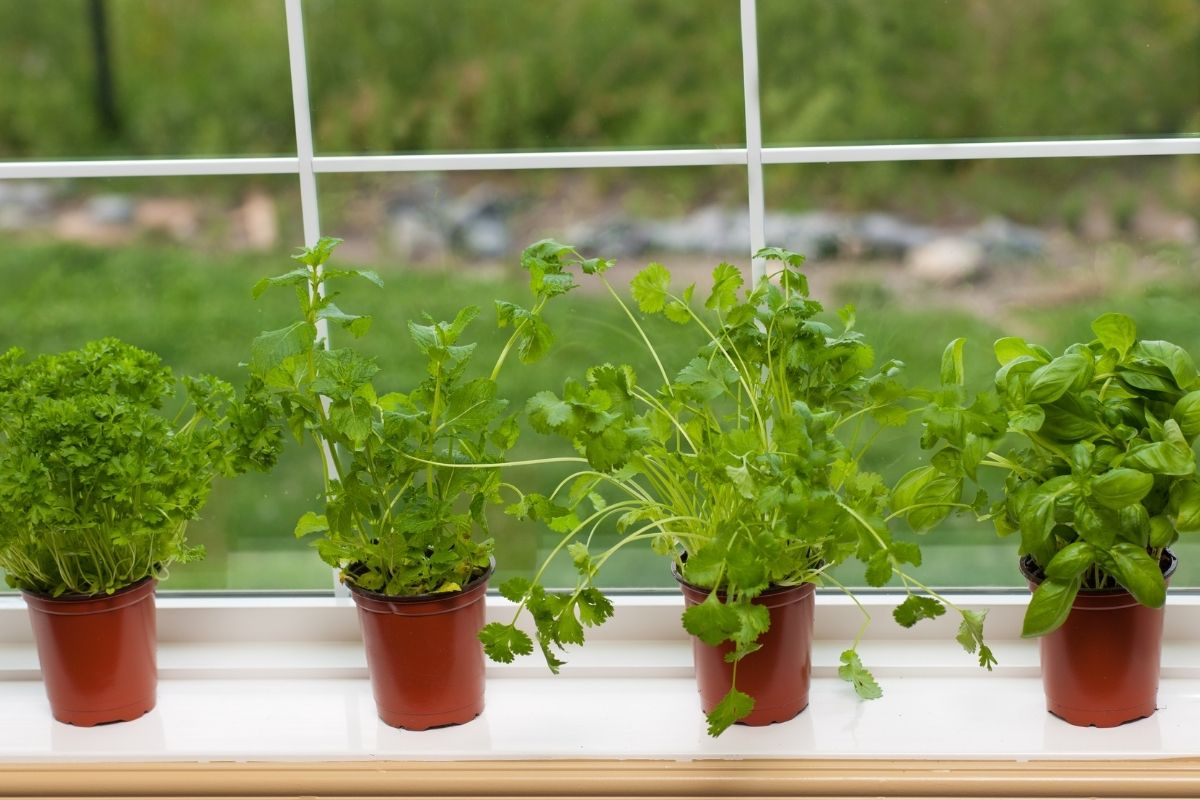
Whether you’ve got a budding indoor home garden that’s missing the key addition of cranberries, or you just want to try your hand at growing cranberries by yourself for the very first time – we think that you’ll be very pleased to hear that it is indeed to grow cranberries indoors.
Sure, while growing cranberries in an indoor environment can seem like an unrealistic idea (especially given the fact that they naturally grow in an outdoor environment with a warm climate) it is possible to grow your own cranberries inside your very own home – and we’re going to be showing you how in this guide.
To ensure that you are able to grow your very own juicy and ripe cranberries from the comfort of your home, in this guide we are going to be talking you through everything you need to know about growing cranberries, as well as providing you with some helpful tips to help optimize their taste, juiciness, and yield amount.
So, without further ado, whenever you are ready – just keep reading to learn more about how you can grow your very own indoor cranberries!
Where Do Cranberries Naturally Grow?
As we have already briefly mentioned above, it’s no secret that cranberries typically grow in very warm regions of the world where there’s plenty of humid air and direct sunlight – so if you want to grow your cranberries indoors, you’re going to need to make sure that you are emulating these conditions as much as you possibly can.
To follow, in the USA, the most common areas that cranberries are grown for retail distribution are most states that are located in the northern region of the country, including most commonly Oregon, Massachusetts, Wisconsin, and even New York and New Jersey.
Outside the USA, cranberries are most commonly grown in warmer regions of Canada, Asia, and even Central Europe. This brings us to our next point:
Can Cranberries Be Grown In An Indoor Setting?
Even though cranberries have specific growing requirements that they need in order to grow, that doesn’t mean that it is entirely impossible to grow cranberries in an indoor environment.
If you would like to try your hand at growing cranberries indoors, then you might want to consider growing them in an environment where temperatures can be manipulated – such as a greenhouse.
Here is a quick breakdown of the requirements that your cranberry seeds are going to need:
- Very little fertilizer
- Daily watering
- Direct sunlight (or artificial growing light)
- 3 months of “cold” temperatures that range anywhere between 32-45 degrees Fahrenheit.
- Acidic soil
With all of that being said, if you are going to go ahead and attempt growing your very own cranberry fruit from the comfort of your own home, you’re going to need to make sure that you are adhering to the basic requirements that we have outlined above, otherwise, you are more than likely going to find that your cranberry plants are unable to produce fruit.
Check out the following tips to make sure that you are able to give your cranberry seeds the best chance of successfully growing indoors:
Pick The Perfect Location
First things first, before you even think about planting those cranberry seeds, you’re first going to need to make sure that you have selected the right location.
As we have already mentioned above, planting your cranberry seeds in an indoor location that will allow you to manipulate the temperature will be your best bet.
But if you can’t do this, then planting the cranberry seeds near a window that gets a lot of direct sunlight every day is the next best solution.
Correctly Prepare The Soil
After you have selected the area of your home in which you would like to attempt growing your cranberry seeds, you are then going to need to go ahead and prepare the soil.
It is absolutely essential that you make sure to use highly acidic oil with a low pH otherwise the cranberries aren’t going to be able to grow, and if possible, you’re going to want to make sure that the soil has been made out of one of the three following options: organic matter, sand, or peat moss.
It is also absolutely essential that you make sure that the soil is naturally equipped to drain itself, as cranberries cannot thrive in soil that retains lots of water and clumps together.
Once you have done this, double-check the acidic level of the soil to ensure that it is between 4-5 pH.
Plant The Cranberry Seeds
When you are ready, the last step that you will need to do is make sure that you have planted the cranberry seeds correctly!
Take a look at the packaging of your cranberry seeds to see how deeply they need to be placed into the soil before planting them, as you’re going to want to make sure that you don’t make any mistakes.
Once they have been planted, all you will then need to do is make sure that you are watering them each day to maintain the moisture, ensure that they get plenty of sunlight, and also make sure that they are given three months of colder temperatures to help produce the fruit.
Wrapping Up
There we have it! Thank you for taking the time to read through this guide to growing cranberries indoors – we hope that it has equipped you with all the knowledge needed to go ahead and try growing them yourself.
Of course, while growing cranberries indoors isn’t the easiest thing to do, as we have already mentioned above, it is also something that is not completely impossible to achieve, either.
So long as you are making sure to follow all the requirements that we have provided you with above, you should find that you are able to grow cranberries in your very own indoor setting.
As a side note, you should also note that cranberries can take a very long time to begin producing fruit, so don’t get discouraged if you find that it takes a long time – just be patient!
Thank you for reading this guide once again, and good luck growing your cranberries indoors.
- Best Hanging Plant For Low Light - September 4, 2023
- Best Indoor Plants Florida - August 28, 2023
- Best Plants For Bathroom Smells - August 21, 2023








